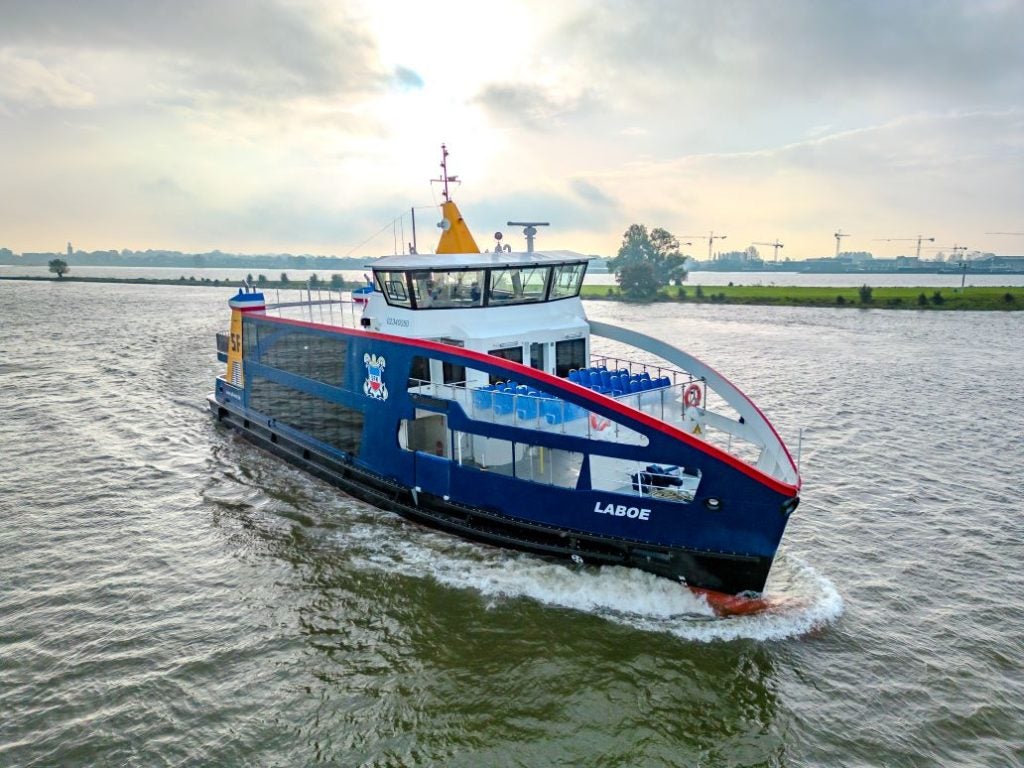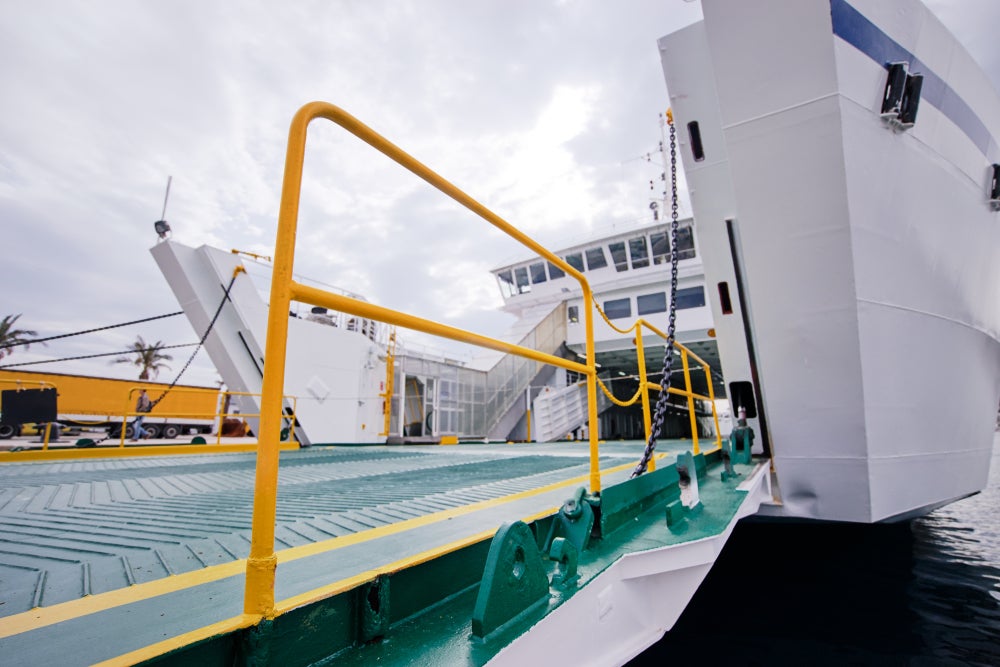

UK-based ITM Power has unveiled plans to launch a series of large-scale, hydrogen-powered refuelling station designs at the upcoming Hydrogen + Fuel Cells North America event, which will be held next month in Las Vegas, US.
The designs have been developed on the basis of electrolyser configurations, measure up to 50MW in size, and are capable of producing up to 20t of hydrogen a day.
There has recently been a substantial increase in demand for larger-scale industrial installations for the refuelling of heavy logistics vehicles, such as road haulage vehicles, ships and trains.
ITM Power CEO Dr Graham Cooley said: “These new refuelling station designs are being launched in response to a dramatic increase in the number of enquiries for refuelling heavy logistics vehicles at large scale, as the viability of hydrogen power continues to gather scale and momentum across a growing number of industrial applications.
“ITM Power is delighted to be in a prime position to support these important transportation sectors as they plan their transition to a greener vehicle fleet to reduce emissions.
“Air quality and fossil-fuel emissions are now a high priority for governments worldwide.”
How well do you really know your competitors?
Access the most comprehensive Company Profiles on the market, powered by GlobalData. Save hours of research. Gain competitive edge.

Thank you!
Your download email will arrive shortly
Not ready to buy yet? Download a free sample
We are confident about the unique quality of our Company Profiles. However, we want you to make the most beneficial decision for your business, so we offer a free sample that you can download by submitting the below form
By GlobalDataLarge ocean-going vessels within the shipping industry use bunker fuel that can contain up to 3,500 times more sulphur than diesel, which is used to power passenger cars.
The International Maritime Organisation (IMO) estimates that shipping currently accounts for 13% of annual sulphur oxide emissions worldwide.
The sector is also estimated to produce 15% of global nitrogen oxides (NOx) emissions and 3% of carbon dioxide (CO2) emissions, and this figure is expected to increase significantly over the next three decades.
New sulphur pollution regulations are set to enter force within the shipping industry by 2020, though the sulphur content of shipping fuel will still be approximately 500 times higher than road fuel under the new rules.
Image: Vehicles on road. Photo: courtesy of ITM Power Plc.







